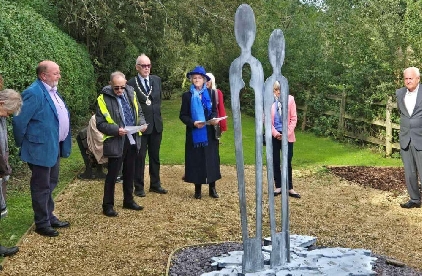
A new sculpture has been unveiled in a North Herefordshire town to commemorate local people who suffered in its former workhouse, still in use less than a century ago.
A commemorative ceremony was held in Bromyard Cemetery’s Garden of Peace on September 27 before the seven-foot-high bronze sculpture, commissioned by the town council, was unveiled by town mayor Coun Mark Franklin and Lady Susanna McFarlane.
Built in 1836 on the main road going east from the town, the Bromyard Workhouse housed some 120 inmates – men, women, elderly and infirm, and children from the surrounding villages.
All except the youngest were expected to work, while food rations were meagre. All had to wear uniforms and discipline was strict, while there are records of disease outbreaks.
It remained in use for almost a century before being turned into Bromyard Cottage Hospital, following national legislation allowing their takeover by local authorities.
It was in turn later converted into flats, now known as Lindon Court, which still preserve its double-H layout.
The sculpture commemorating it was designed by local metal craftsman Adrian Legge, who also lectures in blacksmithing at Hereford College.
“I felt as a local boy I was invested in it,” he said. “My mother worked at the cottage hospital and remembered people saying, ‘I’m not going in the workhouse’.”
His sculpture aims to bring out the institution’s intensely depersonalising effect on its inmates, with the three stylised figures who “look like they are a family but aren’t”, Mr Legge explained.
“Inmates from the same family were separated and housed in different blocks. When they died, which wasn’t uncommon, they were buried with strangers in unmarked graves.”
He added: “It was better than starving to death, but it was rough-and-ready.”
The plinth on which the figures stand depicts the two-dozen parishes from which workhouse inmates were drawn, and also a poem in an apparently discarded book by recently deceased local figure Denis Teal.
There are also plans to formally mark a mass grave site near the former workhouse itself, Mr Legge added.
Local councillor Clare Davies worked with Mr Legge on the concept for the sculpture, with Lee Valentine contributing to the workmanship.


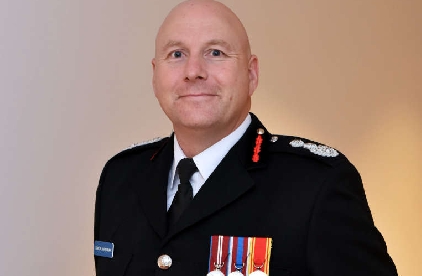 Possibility of fires linked to garden waste charges ‘on the radar’
Possibility of fires linked to garden waste charges ‘on the radar’
 Lib Dem leader canoes on river Severn
Lib Dem leader canoes on river Severn
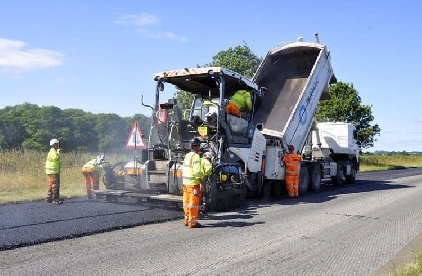 Highways contract extended for another year
Highways contract extended for another year
 £500K seized in crackdown on barbershops used for money laundering
£500K seized in crackdown on barbershops used for money laundering
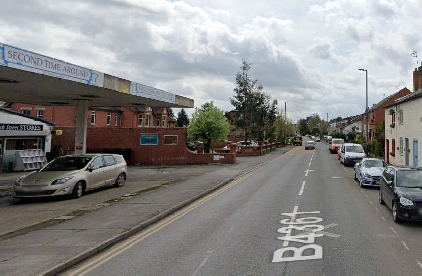 Pedestrian seriously injured in Leominster collision
Pedestrian seriously injured in Leominster collision
 West Mercia Police officer dismissed
West Mercia Police officer dismissed
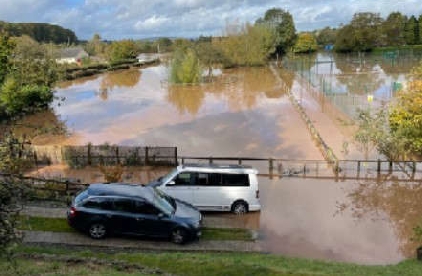 Ludlow Town Council objects to rugby club’s plans
Ludlow Town Council objects to rugby club’s plans
 Witnesses sought following assault in Craven Arms
Witnesses sought following assault in Craven Arms
